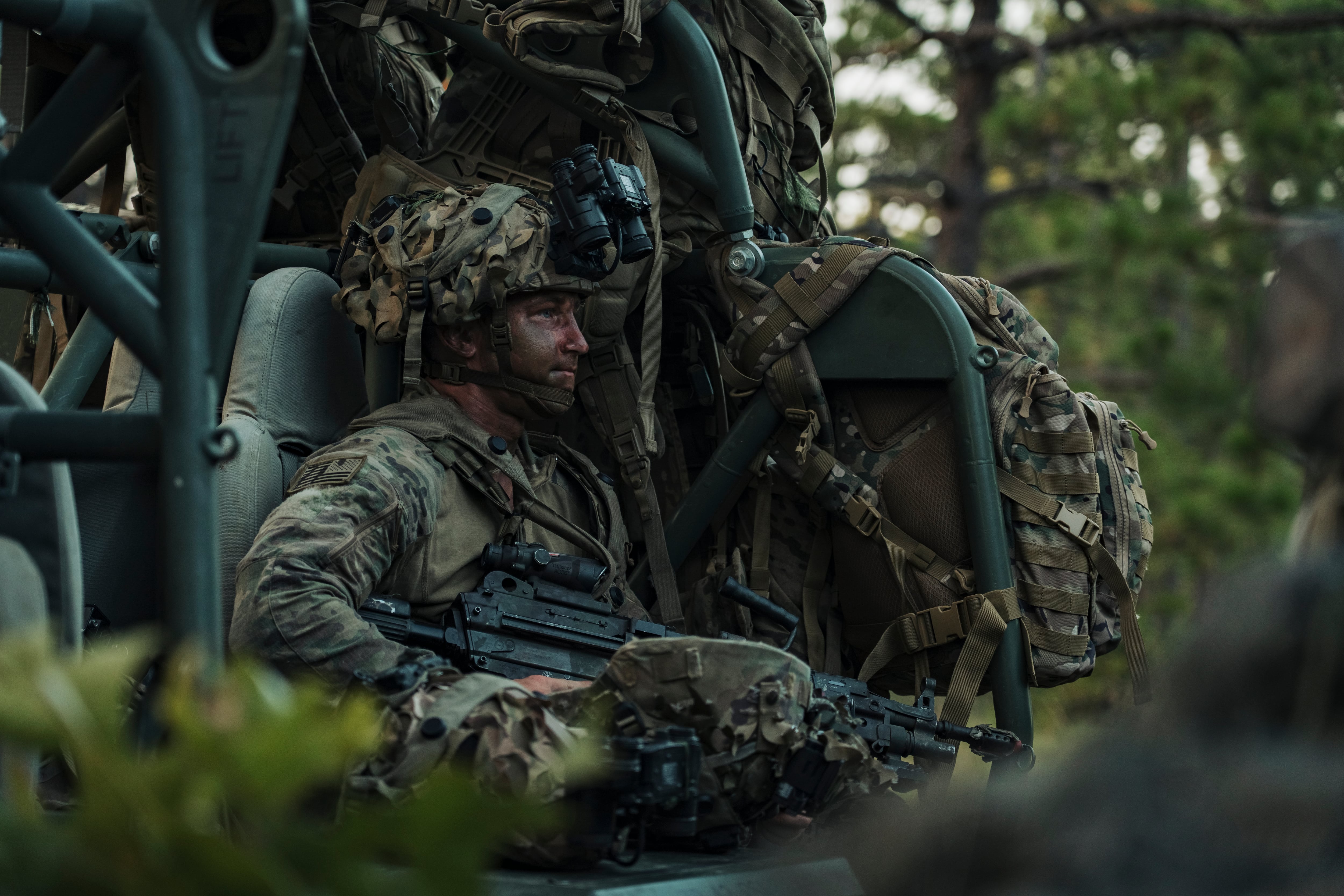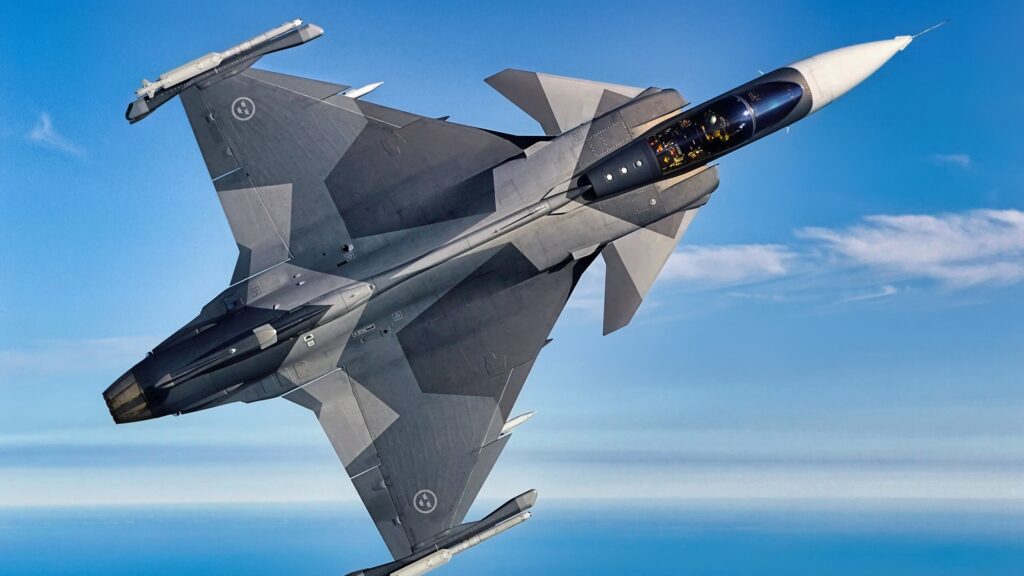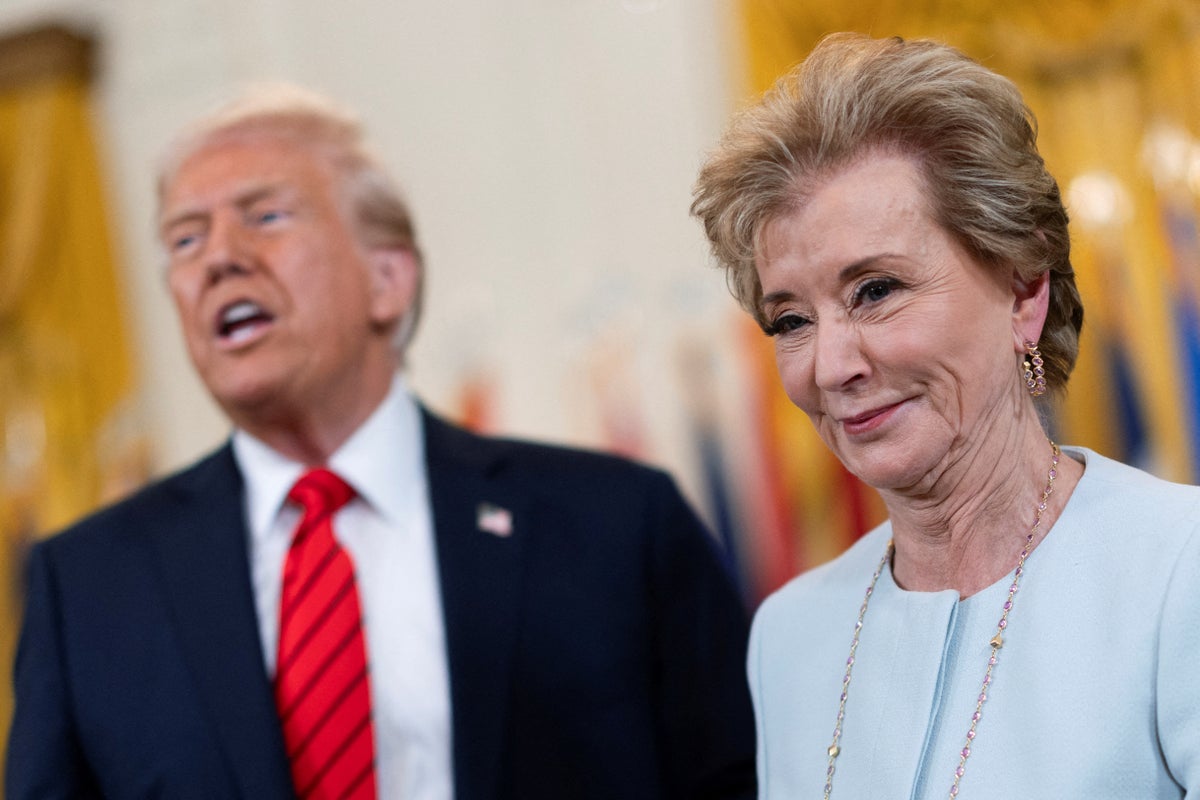Over the next two years, the U.S. Army will convert 25 Infantry Brigade Combat Teams into new formations known as Mobile Brigade Combat Teams as part of the service’s “Transforming in Contact” initiative, Army Chief of Staff Gen. Randy George said at a media roundtable in September.
As part of the service’s initiative to rapidly deliver new capabilities to operational units, three brigades are already undergoing the MBCT transition and their leaders recently discussed some of the changes at the Maneuver Warfighter Conference at Fort Benning, Georgia, in September.
Key overhauls to the brigades include the addition of a multifunctional reconnaissance company and a multipurpose company to bring fires and strike capability down to lower tactical levels.
That’s in part because experimentation with loitering munitions and drones at lower echelons is paying off in destroying targets.
RELATED

Col. Joshua Glonek, commander of 3rd Brigade, 10th Mountain Division, noted that 90% of fire missions during one training rotation at the Joint Multinational Readiness Center were viewed through drones. Users fired 50% fewer artillery rounds but were 300% more lethal due to the accuracy that using the platforms provided, he said.
Col. Trevor Voelkel, chief of staff for the 101st Airborne Division, said that his brigade had nearly 400 drones at its disposal.
But drones weren’t the only measure that changed the effectiveness of the newly reorganized brigades.
The Infantry Squad Vehicle, or ISV, enabled maneuvers for traditionally dismounted soldiers that they’d not experienced before adding the vehicles.
Fifty-mile movements were now feasible.

And pairing the ISVs with helicopter delivery means that soldiers can land vehicles outside the enemy’s defenses and penetrate from there, Voelkel noted.
But Col. David Lamborn, commander of 2nd Brigade, 25th Infantry Division, said soldiers had to view the vehicle as a mobility platform and not a fighting vehicle. Troops must still include dismounted operational plans in their strategy.
“Do not become fixated on the ISV,” Lamborn said. “It’s not a fighting platform. It’s a tool, just a tool in the toolkit.”
The IBCTs transitioning to MBCTs will have ISVs and drones along with the new formations, the colonels said.
Each of the three colonels noted another key feature of the new formations and a necessary tactic: hiding in plain sight in the electromagnetic spectrum. The colonels advised new leaders to become familiar with the waveforms and communications plans they will need in order to be effective when commanding the brigades.
“Camouflage according to the terrain that you’re in,” Lamborn said.
For example, when his unit operated in Oahu, they were able to hide within the dense signals all around them but when they conducted operations on Luzon, Philippines, the rural area meant shutting down many devices to avoid being detected.
Todd South has written about crime, courts, government and the military for multiple publications since 2004 and was named a 2014 Pulitzer finalist for a co-written project on witness intimidation. Todd is a Marine veteran of the Iraq War.

.jpeg)



























 English (US) ·
English (US) ·